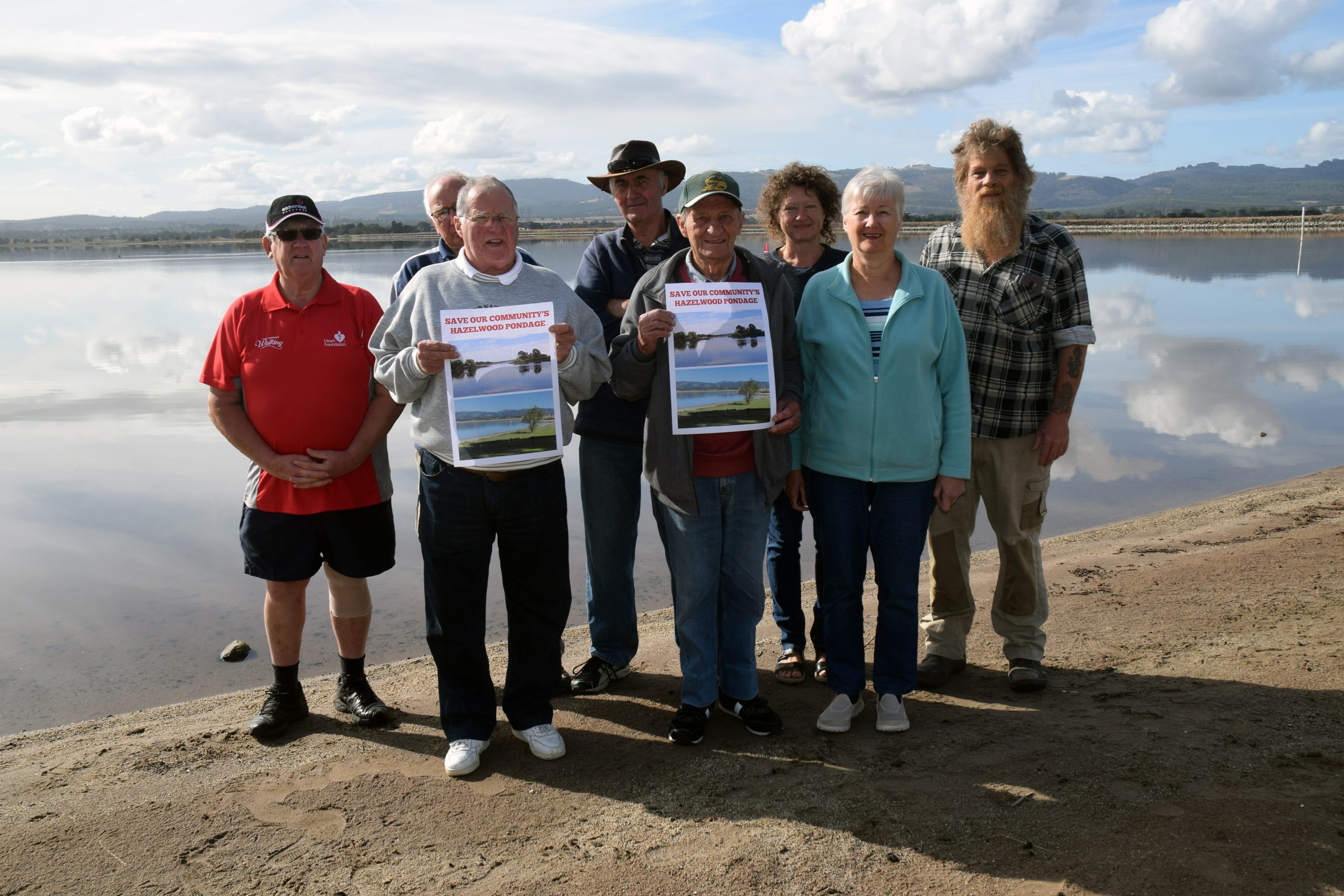After more than a year of searching for employment in Gippsland’s banking industry, Bangladesh national Tasnine Anjum’s goal of becoming financially independent may take time.
Ms Anjum had enrolled herself in an accountancy course at TAFE after being turned away by local employers because she does not have “Australian qualifications”.
A supply chain officer by profession in Bangladesh, Ms Anjum and her family moved to Gippsland in 2012 through her husband’s temporary skilled migration visa.
“I sent my CVs everywhere but never received a call,” the mother-of-two said.
“I finally had courage to call one office and was told they can’t hire me because I didn’t have local qualifications.”
Ms Anjum is one of thousands of migrant women considered as Australia’s “hidden assets” by a labour force study looking into employment barriers facing skilled partners of migrant men.
The study, conducted by migrant agency AMES, found many women from culturally and linguistically diverse backgrounds who migrated to Australia, either through the family or skilled streams, struggled to find work or were forced to accept lower level jobs.
AMES suggested with government-funded services and support from local employers, migrant women could transform from being “trailing spouses” to becoming job ready and filling employment vacancies.
Gippsland Multicultural Services director Lisa Sinha said skilled migrant women who economically depended on their male partners could feel demoralised and isolated.
According to Ms Sinha, many local employers had “blind spots” preventing them from considering migrants’ overseas experience.
“They assume if a person has not had Australian workforce experience then the experience and training of the migrant applicant is not seen as relevant and not given due consideration,” she said.
Ms Sinha said volunteering could help migrant women find employment as this provided Australian experience and local referees.











